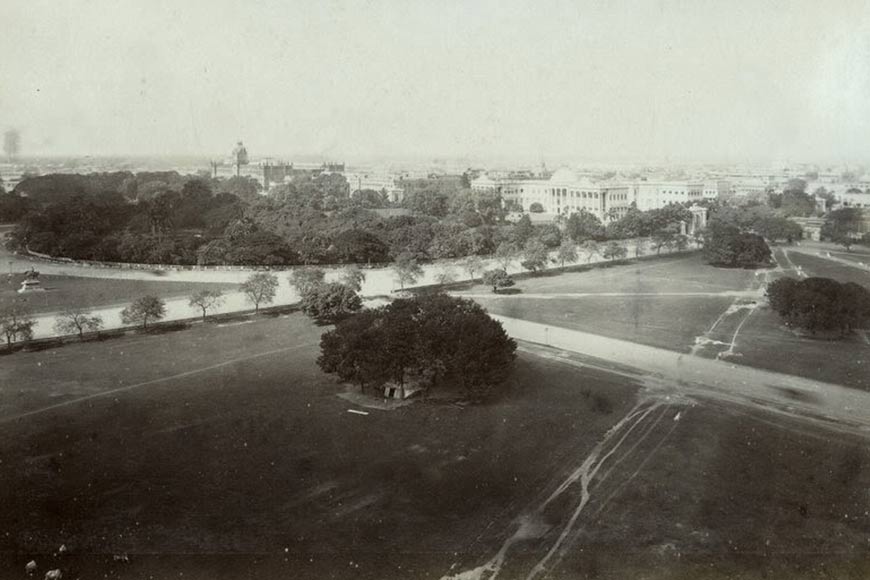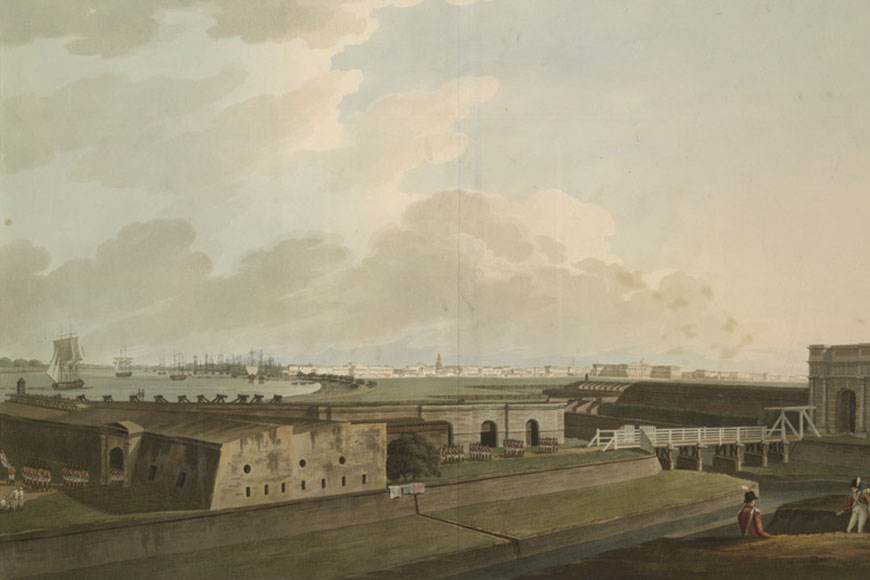Saheb chor: The ‘white thieves’ of Calcutta

On January 29, 1795, a “gang of white dacoits led by a Bengali guide” invaded the home of wealthy Bengali shop owner Chaitan Sil in Calcutta. Sil was also later known as the father of ‘Mutty Lall Seal’ (Motilal Sil), the famed philanthropist who went on to become a multimillionaire in early 19th-century Calcutta.
The robbery case went up before puisne (pronounced puny) judge John Hyde of the Supreme Court, and one of the gang members who had turned state’s witness declared, “In our gang there are Europeans, Portuguese, Italian, and men from other nationalities also. In total our members would number two hundred.” hundred.”
The Bengali guide was Rammohan Lal, who apparently communicated with the gang in fluent Portuguese!
Many of you may have missed an interesting recent media report about how one-third of India’s ‘foreign’ aka international prisoners are lodged in prisons across Bengal. According to data released by the National Crime Records Bureau, the number of such inmates is a little over 1,740.
Expectedly, given our state’s 2,200 km border with Bangladesh, an overwhelming majority of international prisoners come from that country, followed by citizens of Myanmar, Nigeria, Pakistan, various CIS (Commonwealth of Independent States, comprising 11 erstwhile Soviet nations) and African countries, and China.
So Bengal is merely living up to tradition! In fact, the multinational gang that raided Sil’s home may be regarded as fairly representative of robber gangs in those days. For example, on October 21, 1789, another large group of Bengali and Portuguese dacoits raided the home of Chaitanya Dutta in Kolutola (Colootola) and escaped with the princely sum of Rs 6,000 in those days, having killed Dutta for good measure.
What drew these ‘white’ criminals to Calcutta? The short answer: the city’s obvious prosperity and commercial importance. Freewheeling adventurers and fortune-seekers from different parts of the world would descend on the capital of British India, many among them attracted to the city’s thriving underworld.
 Old Kolkata Fort William
Old Kolkata Fort William
British East India Company official records identified these European criminals as sailors from the Continent, British soldiers posted in Fort William, and mainly French, Italian, Spanish and Portuguese freebooters along with a few Americans, who abandoned their regular jobs for greener pastures. Complicating the picture was a large population of European vagabonds who roamed around the city.
Their ‘spiritual’ descendants, primarily cyber criminals, are drawn to the Kolkata of today by its high volumes of ATM transactions and a general lack of cyber awareness. But no matter how many international inmates live in Bengal’s prisons, they are nowhere near the thousands upon thousands of Europeans operating in Calcutta in the 18th and 19th centuries, so much so that the term ‘saheb chor’ (white thieves) became widely prevalent among the city’s Bengali residents.
European soldiers and sailors remained a perennial threat all through the 18th and 19th centuries, often indulging in drunken brawls and robberies in the area we know as Lalbazar today, but contemporary police records seem to show that many of them extended their activities beyond the drinking houses of Lalbazar and Khidirpur, most notably to the Maidan.
A police notice dated April 16, 1795 informs citizens of the arrest of a few White soldiers of Fort William, who were alleged to have been involved in highway robbery on the road connecting the Fort with Esplanade, and the Maidan. Even half a century later, well into the latter half of the 19th century, the Maidan and its surroundings seemed to remain a haunt for these soldiers and sailors, even finding a mention in the annual police report of 1862.
In the 1880s appeared two notorious ‘saheb chors’ who led the Calcutta Police the proverbial merry dance. We will keep that story for tomorrow, so be sure to watch this space.
Source: The Wicked City: Crime and Punishment in Colonial Calcutta by Sumanta Banerjee











